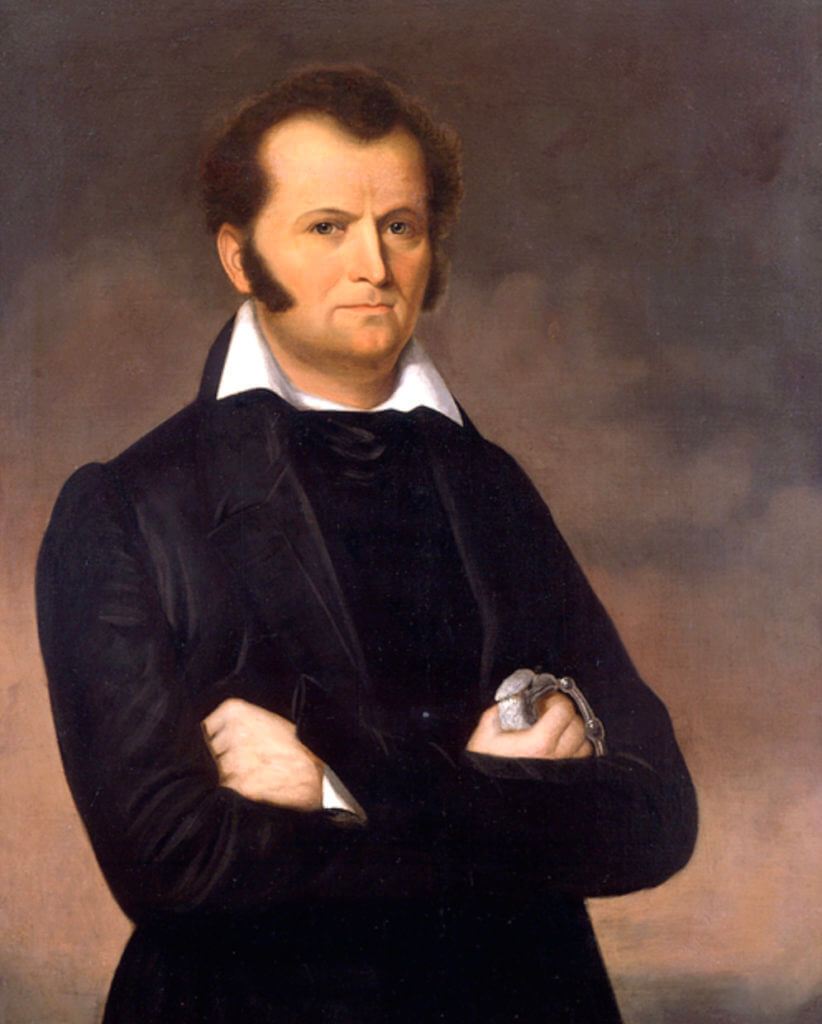
What makes a person successful in life? It’s not being born into money. The road to hell is paved with rich spoiled kids bereft of initiative or ambition. It isn’t intelligence, either. A genius lacking in common sense will frequently not advance much past, “You want fries with that?” Someone markedly smarter than I am once opined that the best predictor of success in life is the capacity to control one’s emotions.

To use a Star Trek analogy, you want to be more like Mr. Spock than Captain Kirk. Kirk has his place, to be sure. Were it not for Kirk the Kobiashi Maru simulation would yet still be unbested at Starfleet Academy. However, it is the cerebral Vulcan you really want by your side in a proper fight.

Generally speaking, the kinds of folks who stop traffic on the interstate so they can vent their road rage on random drivers are not typically neurosurgeons, billionaires, or captains of industry. If you’re the sort who does stuff like that, then I hate it for you. I just call it like I see it.
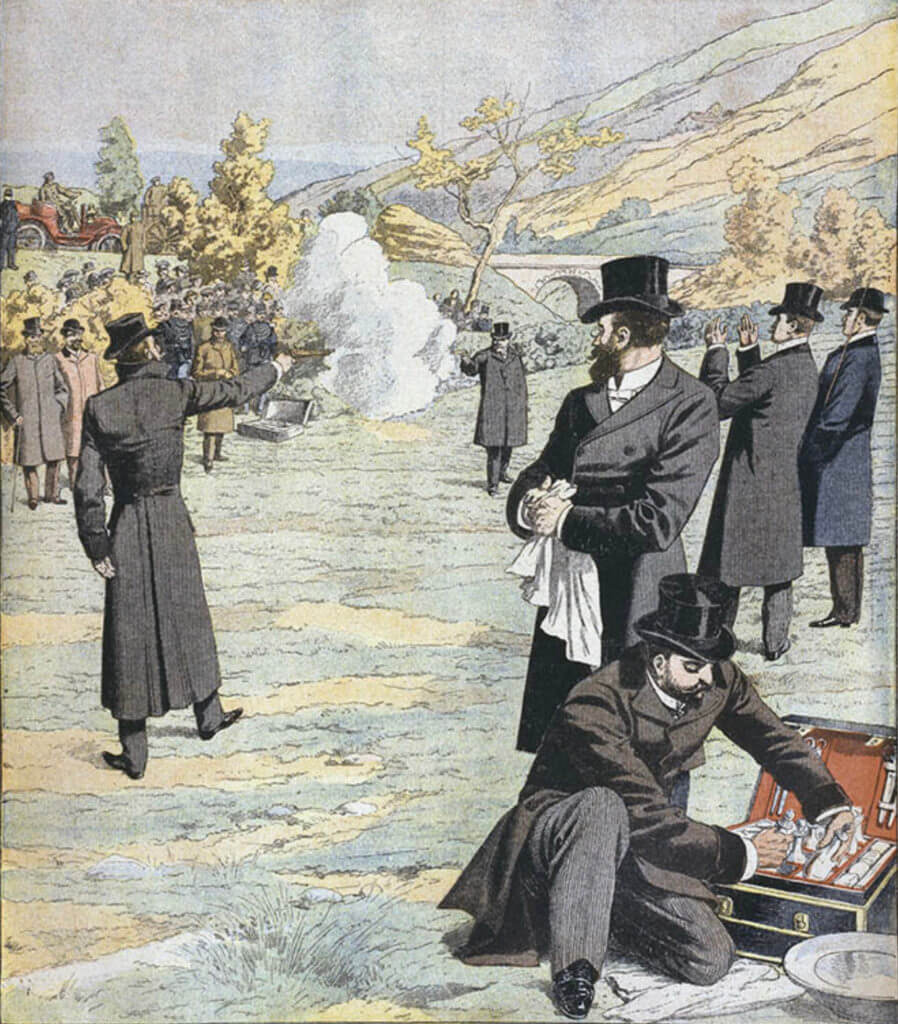
In years past there was a formal process by which the more hotheaded among us could vent their frustrations. Dueling as a method for gaining satisfaction or defending one’s honor against perceived affront is as old as mankind. The gory practice was first outlawed by the Fourth Council of Lateran convoked by Pope Innocent III with the papal bull Vineam domini Sabaoth of April 12, 1215. Since then society has strived to suppress dueling with varying degrees of success.
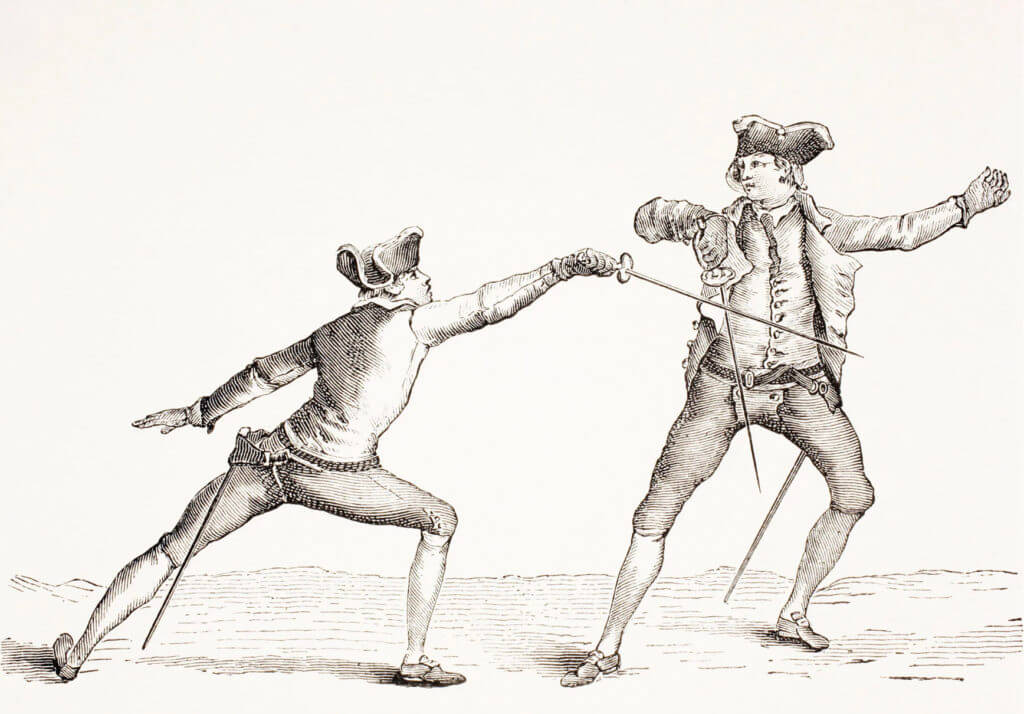
Though executed first with swords and later with pistols, the point of the duel was not necessarily to kill an opponent per se, but rather to satisfy an affront. On many occasions, the participants would intentionally fire wide so that honor could be regained with no harm to one’s person. On September 19, 1827, however, there was a duel staged on a sandbar in the Mississippi River near present-day Vidalia, Louisiana, that did not have such a tidy outcome.
The Background
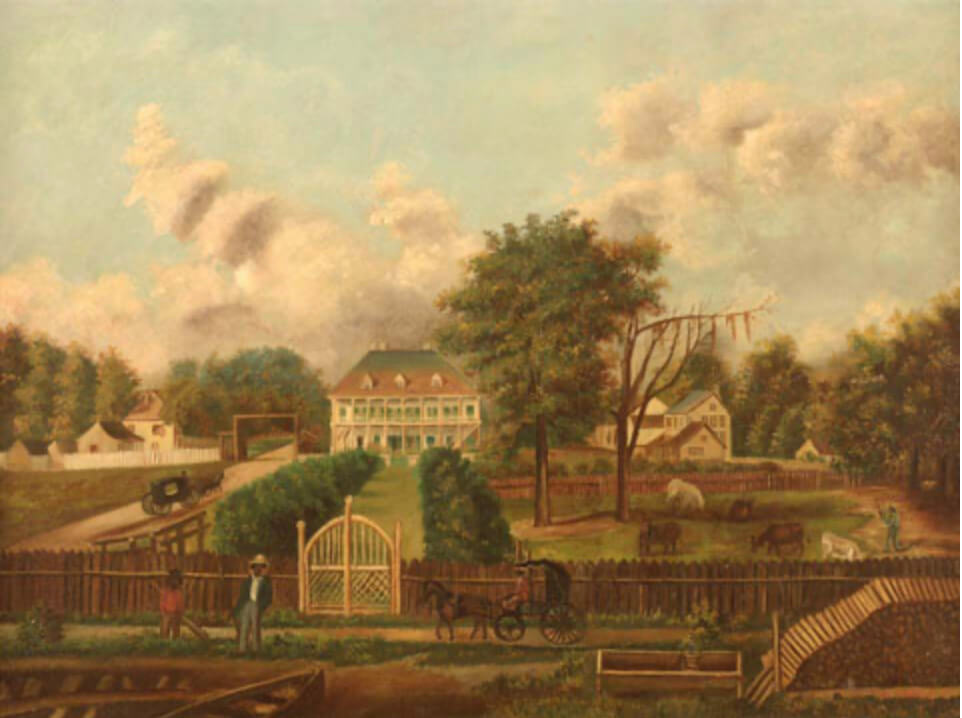
Wealthy and influential, the Cuny and Wells families were interrelated by blood and a notoriously contentious mob. Central Louisiana was growing during this period, and business and personal interests would inevitably collide. New families would move into the area and find out the hard way that the Wells and Cuny clans could be tough folks with whom to deal.
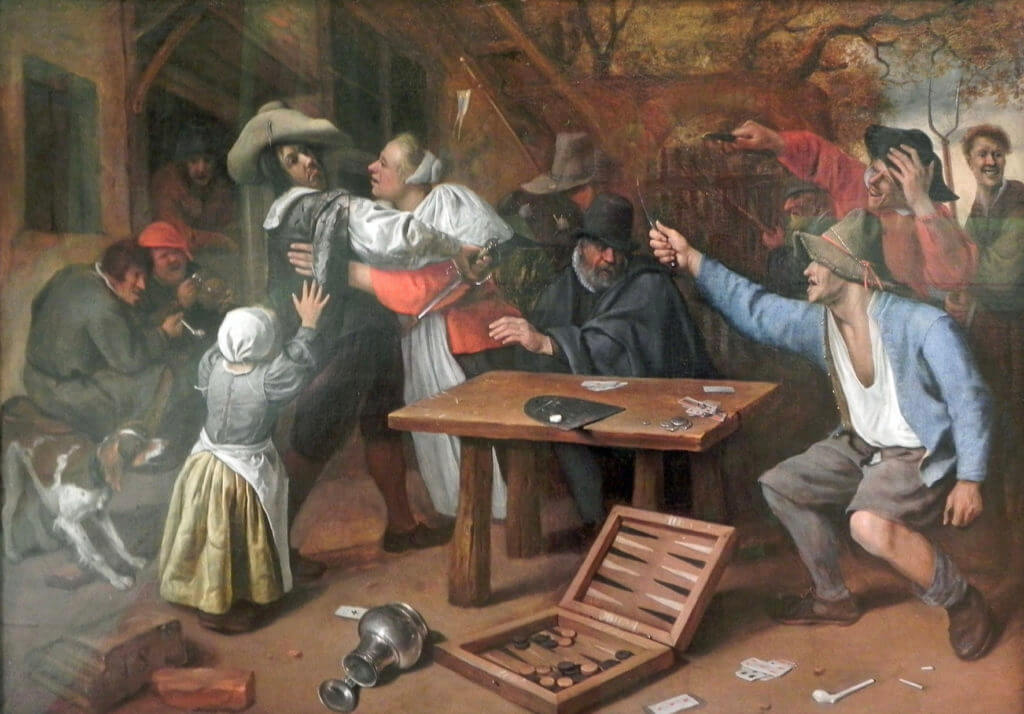
The details have been lost to history. Allegations of vote-rigging in a local sheriff’s election, bank loans both defaulted and denied, competing business interests, and the honor of an unnamed woman have all been suggested. The end result had already seen multiple duels, uncounted fistfights, and at least one spontaneous exchange of gunfire. The stage was set for a simply epic showdown.

Samuel L. Wells III and Dr. Thomas H. Maddox were the primary players on this fateful day. They were attended, as was the custom, by seconds who helped manage weapons. These intimate supporters also ensured that the exchange remained fair and civilized, within the reasonable limits of the pursuit’s gory nature. The broad sandbar in the river was selected as a location because dueling was manifestly illegal. It was assumed that hosting the event on a sandbar in the river between Louisiana and Mississippi might insulate the players to a degree from the attention of local law enforcement.
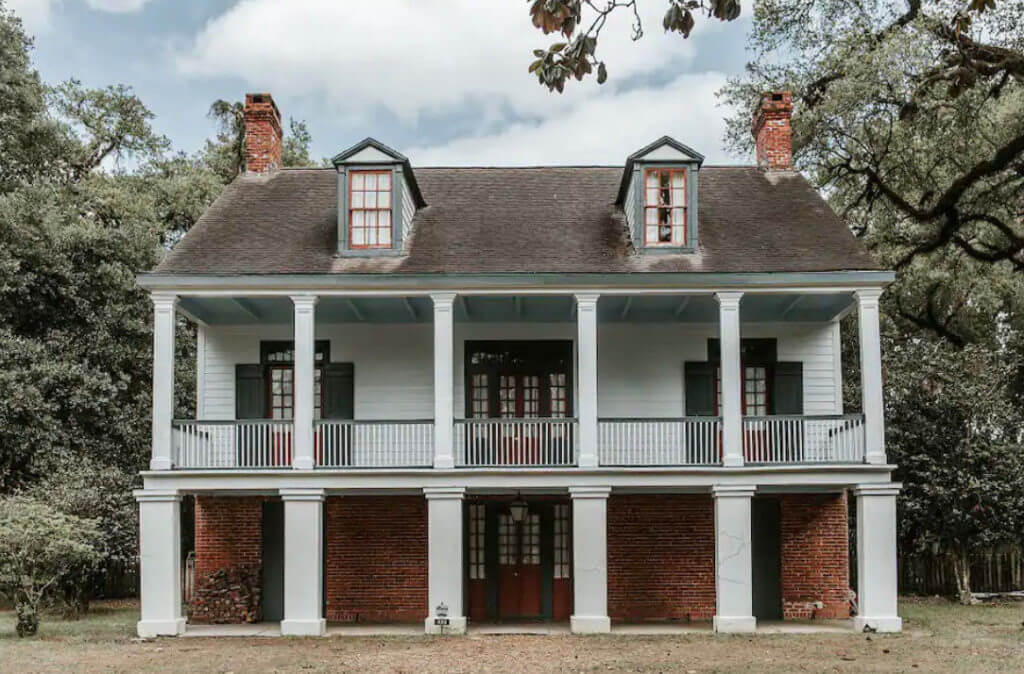
On the fateful day, the Wells troupe arrived by boat from the Louisiana side. The Maddox crew forded over from nearby Natchez, Mississippi. There were seventeen men known to be present along with an unknown number of slaves. Included in the group were two nearby plantation owners, a local guide, and a pair of neutral physicians. Several Army officers ranging in rank from Major to General were in attendance as was Jim Bowie, the father of the eponymous Bowie knife. On this particular day, Bowie had one of his big mean knives on his person.
The Duel
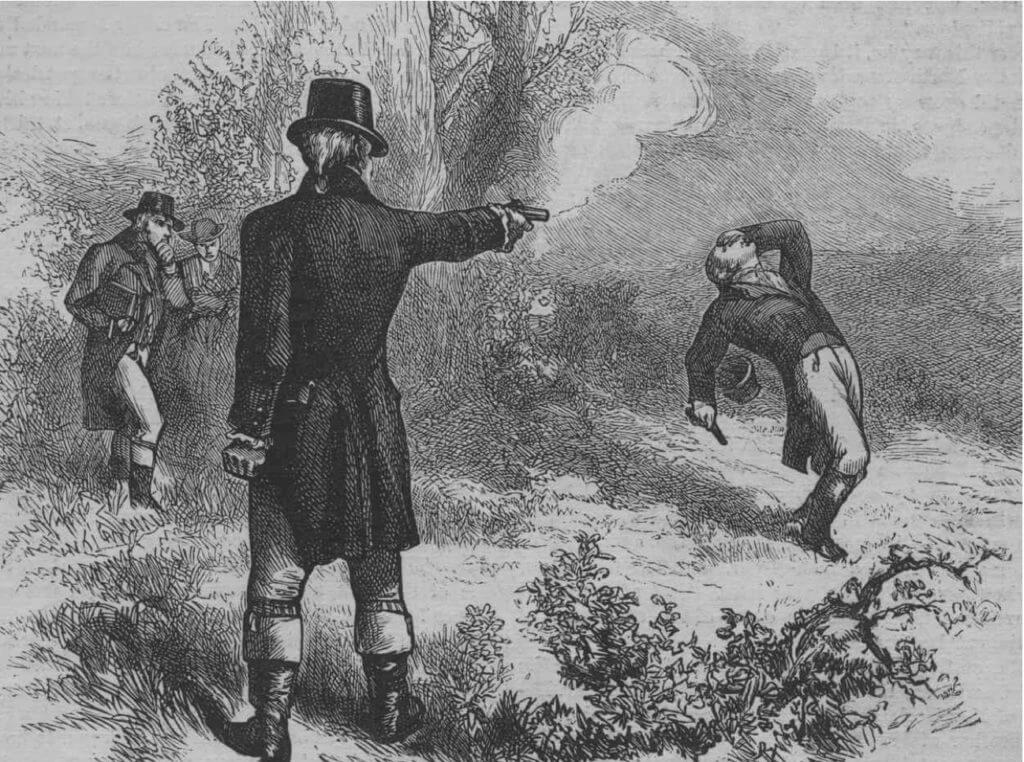
The actual duel was a big nothing-burger. There were codified rules governing the prosecution of such an affair that included fairly lengthy periods between exchanges of fire. Both Wells and Maddox fired two rounds apiece to no effect, undoubtedly by design. The primary participants, by now relieved not to have had their brains blown out, approached each other and effectively resolved their disagreement with a handshake. No harm, no foul.
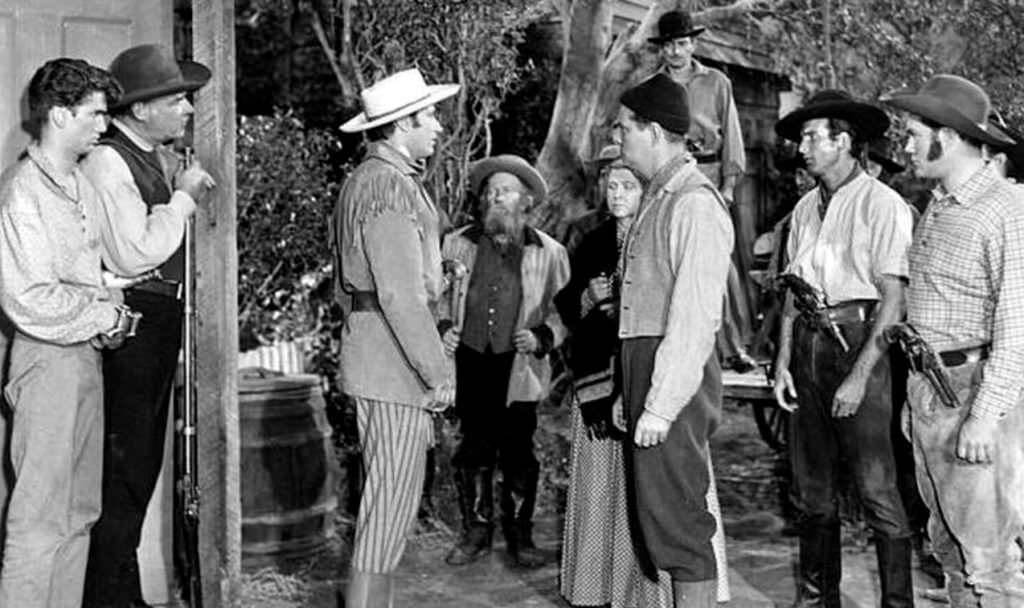
Once the duel formally concluded the two participants, their seconds, and the two physicians, a total of six men, prepared to celebrate the event’s happy resolution. However, some members of the extended Wells mob weren’t quite ready to let things go. The specific details of what happened next are drawn from multiple conflicting accounts.
The Real Fight
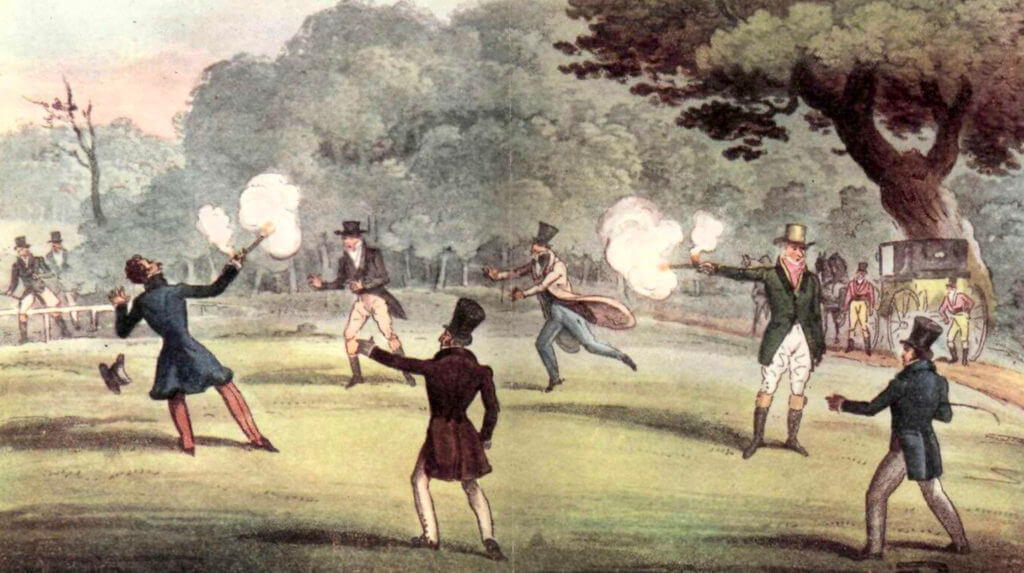
Colonel Robert Crain was Tom Maddox’s second and carried the two dueling pistols, by now reloaded. General Cuny, a friend of Sam Wells who had previously gotten sideways with Crain, purportedly said, “Colonel Crain, this is a good time to settle our difficulty.” Crain then fired at Cuny, missed, and struck Jim Bowie in the hip, knocking him to the ground. Cuny and Crain then unloaded on each other with verve. Crain caught a round to the arm, while the belligerent General was shot through the chest and died on the spot. At that point, all decorum was lost.
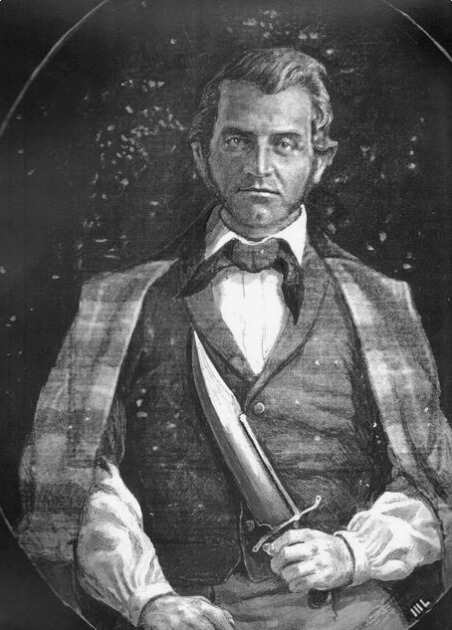
Jim Bowie, a man’s man if ever there was one, drew his massive knife and charged Colonel Crain. Crain turned and broke his now empty pistol over Bowie’s head, dropping the big man to his knees again. Major Norris Wright, a Maddox acolyte, drew his pistol, fired at Bowie, and missed. Wright then produced a sword cane and attempted to run Bowie through. Wright’s thin blade deflected off of Bowie’s sternum and just left him mad.
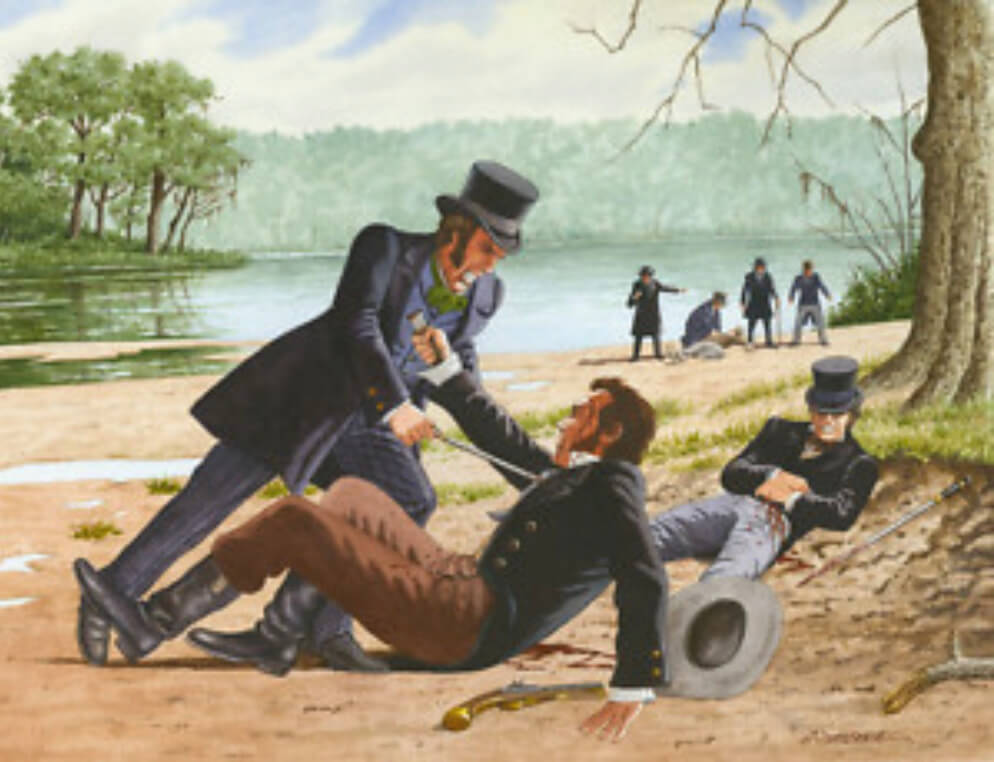
Bowie then took a firm hold on Wright’s shirt and yanked him down onto the point of his big knife. The disemboweled Wright bled out in short order. Bowie was subsequently both shot and stabbed again by other members of Team Maddox.
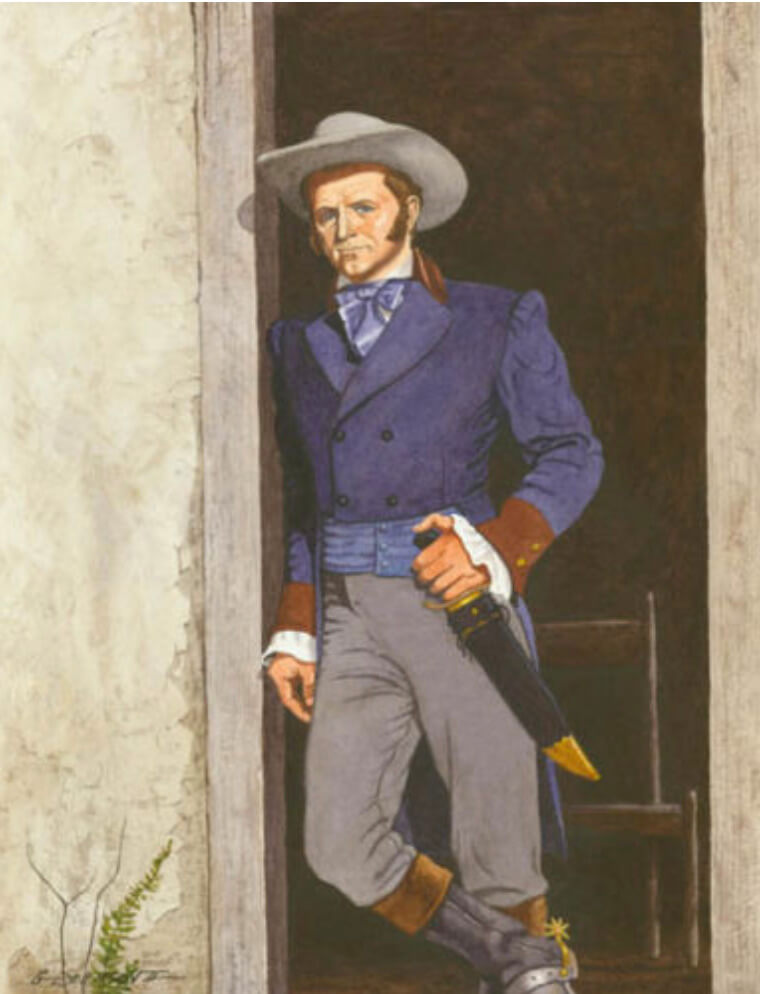
Carey and Alfred Blanchard, both of the Maddox tribe, then fired at the apparently indestructible Jim Bowie, striking him in the arm. Bowie responded by cutting off a major part of Alfred Blanchard’s forearm with his epic knife. Carey fired at Bowie again and missed. Then both of the Blanchard boys ran away screaming like little girls. In the process, Jefferson Wells shot Alfred Blanchard through what was left of his arm.

The entire exchange took about ninety seconds. Sam Cuny and Norris Wright were killed outright. Alfred Blanchard and the apparently unkillable Jim Bowie were grievously injured. One of the unfortunate unarmed attending physicians caught a round in his thigh and another in his finger.
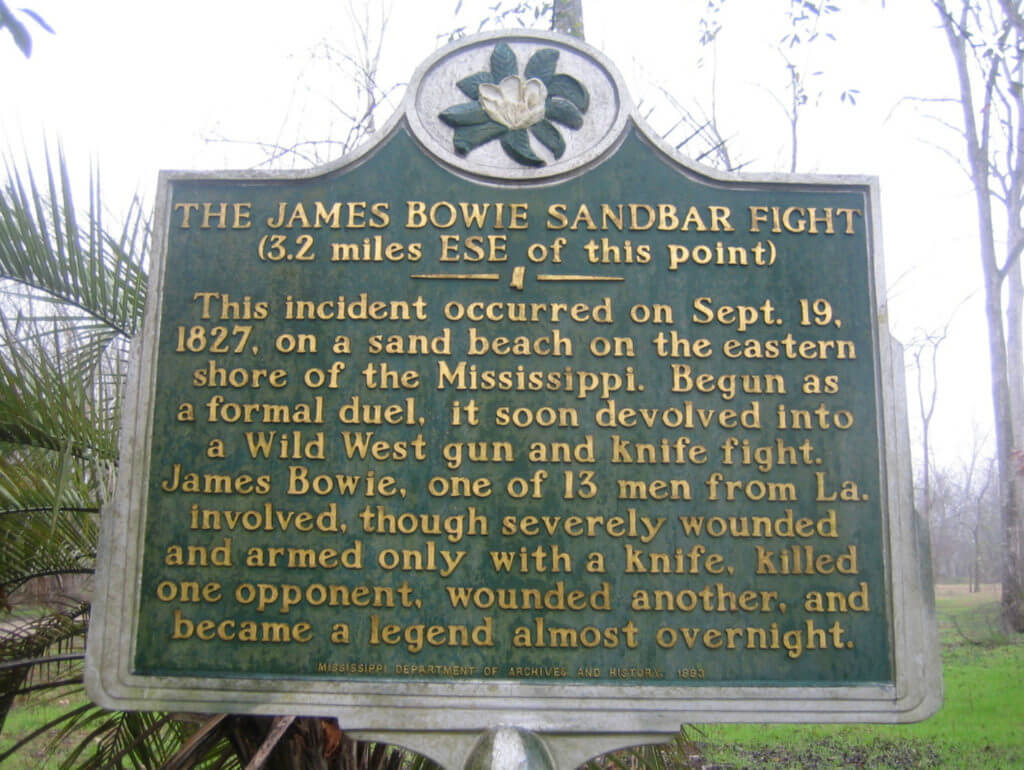
Depending upon what you read, Bowie was shot either two or three times and received between four and seven separate stab wounds. Colonel Crain, the man who shot him in the first place, helped the injured Bowie off of the field. Bowie supposedly said, “Colonel Crain, I do not think, under the circumstances, you ought to have shot me.”
The Knife
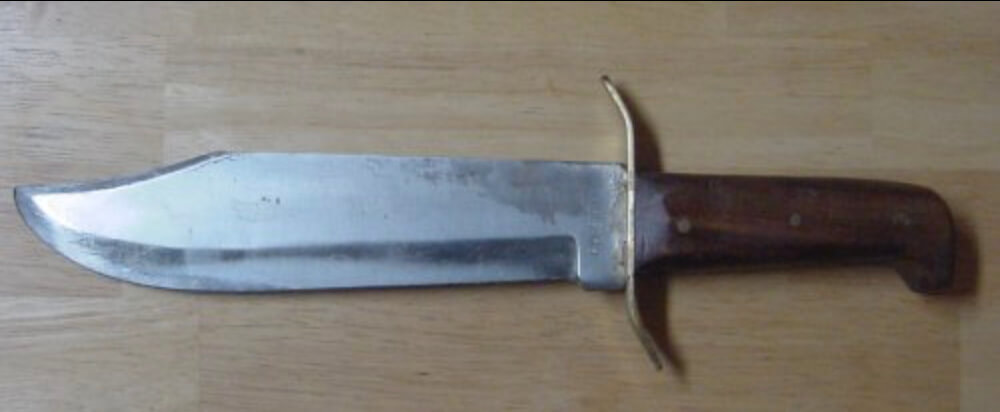
The true origins of the Bowie knife are shrouded in controversy. The primary knife Bowie carried to his death was crafted by an Arkansas knife maker named James Black. Black created his knives behind a heavy leather curtain so as to protect his proprietary technique.
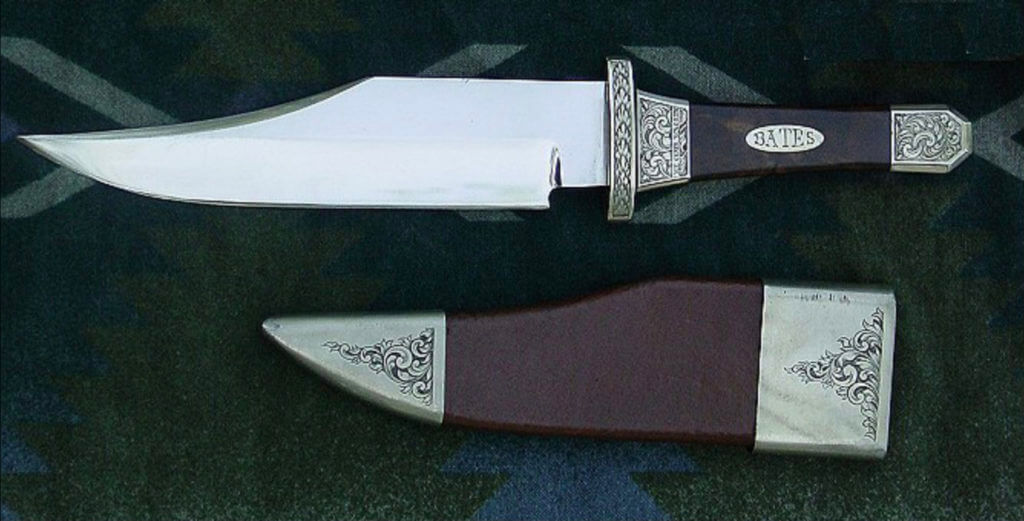
The design was described thusly at the time, “The back perfectly straight in the first instance, but greatly rounded at the end on the edge side; the upper edge at the end, for a length of about two inches, is ground into the small segment of a circle and rendered sharp…The back itself gradually increases in weight of metal as it approaches the hilt, on which a small guard is placed. The Bowie knife, therefore, has a curved, keen point; is double-edged for the space of about two inches of its length, and when in use, falls with the weight of a bill hook.”
The Rest of the Story
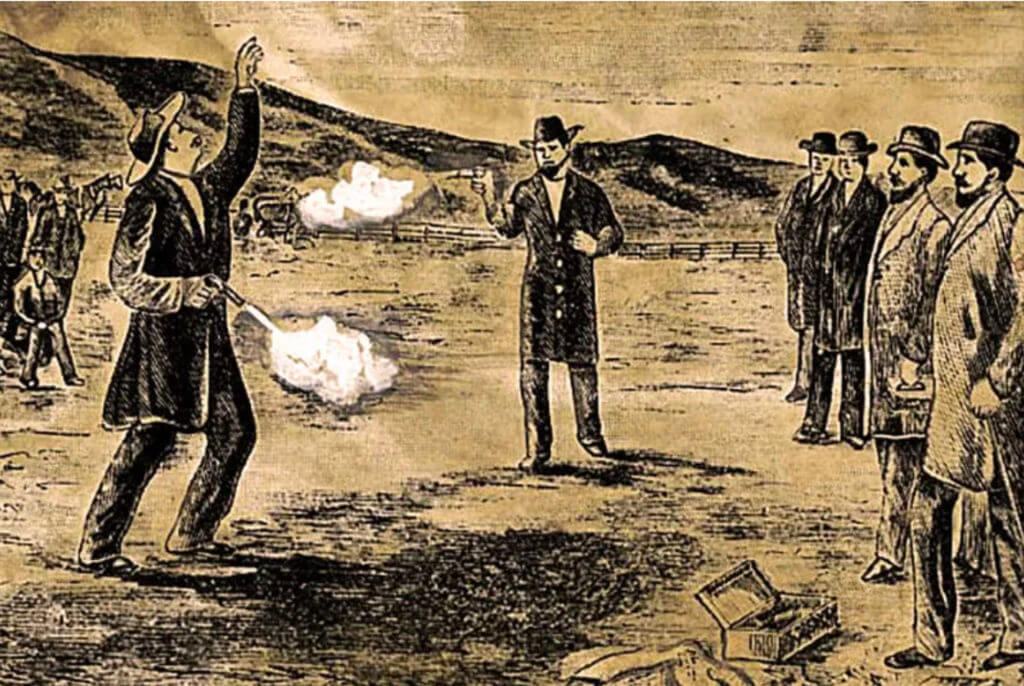
Sam Wells III died a month later of an unrelated fever. While it took several months, Jim Bowie eventually recovered. A grand jury was convened in Natchez to ascertain the details of this gory exchange, but they returned no indictments.

The Bowie knife subsequently became an international icon. These distinctive blades were manufactured and sold all around the world, most commonly advertised with the Bowie moniker. Jim Bowie subsequently relocated to Texas where he married a wealthy woman and searched unsuccessfully for a lost silver mine. His new family ultimately fell victim to a cholera epidemic.
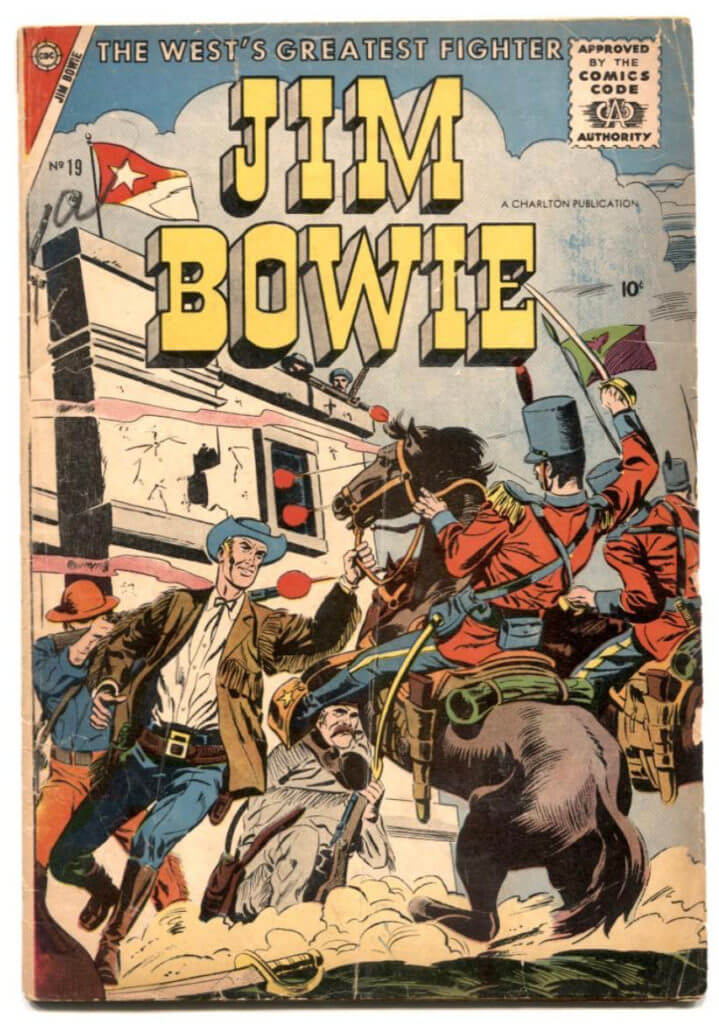
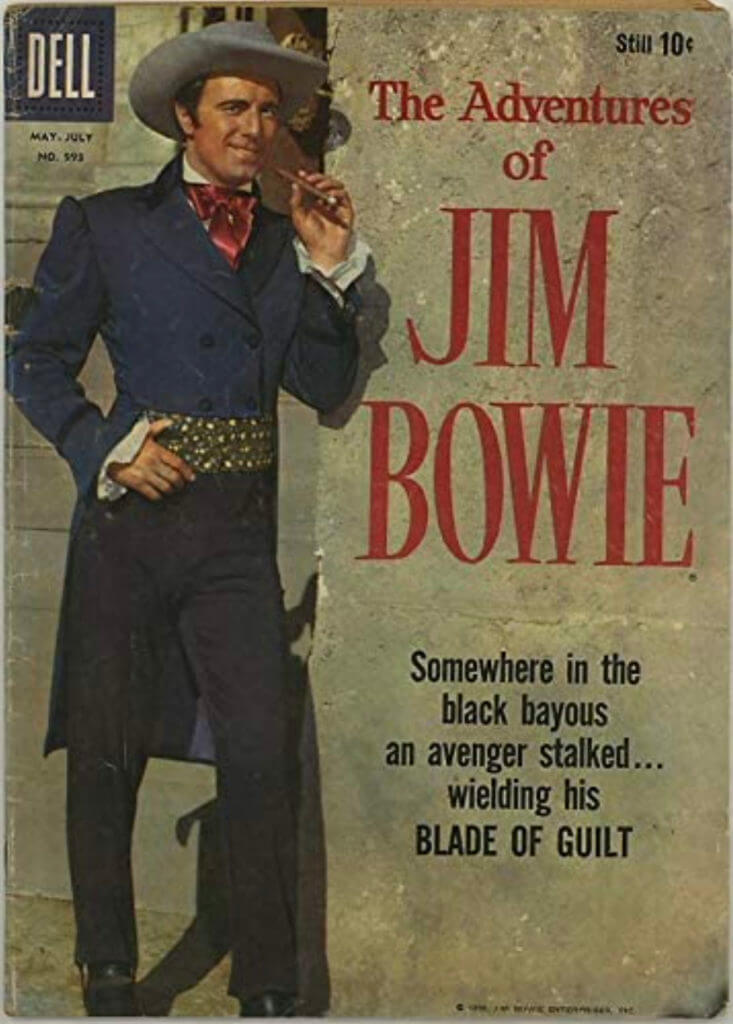
Bowie later took a leadership position in the Texas Revolution and achieved notoriety thanks to his remarkable knife and rugged frontier swagger. Jim Bowie ultimately died in 1836 at age 40 defending the Alamo. Grievously ill at the time, the most likely version of events had him propped up in his cot with his back to the wall, cut down by the attacking Mexicans after fighting to the death armed with a pair of pistols and his remarkable knife.
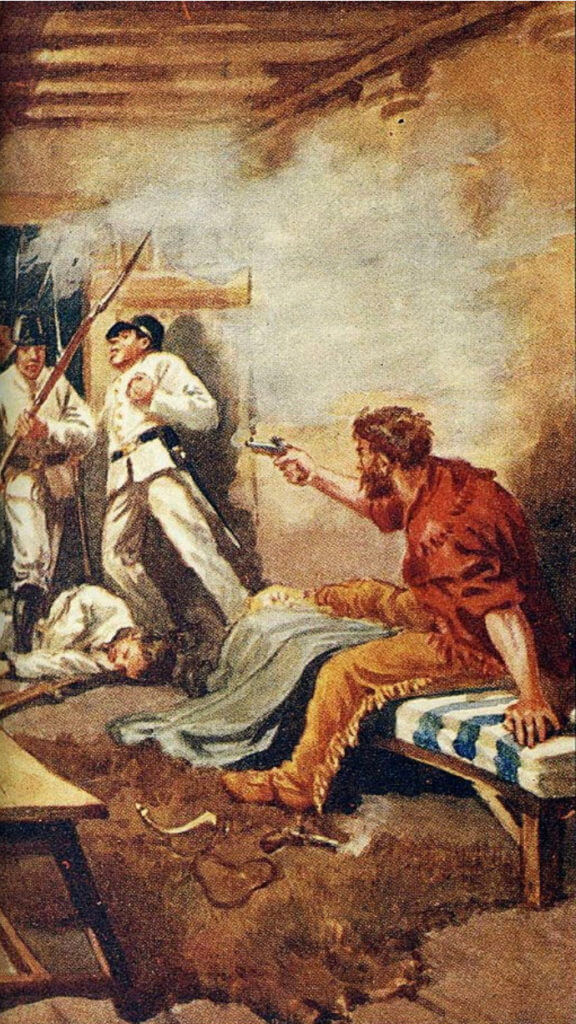
To Bones, There would be NO SLAVES in America had not Black Africans sold their Countrymen to the Dutch Traders who brought these enslaved Africans to America & the Plantations. I was always taught that the people who SOLD DRUGS were far worse than the ones who used them. Does this logic NOT apply to SLAVES also, Reparations should come from AFRICA not America. Ignorance is NOT bliss.
Why do white people continue to glorify slave owning,slave trading ,racism ,Native American genocide and murder ?when’s it gonna stop losers?.. If this joke was a model human being ..I don’t see it!Only in good ol’ Merica huh ? Pathetic..go look in the mirror and repent you jihadists
Ah, Bones, we have missed you so. Nice to see you’re still with us.
Good read, Jim Bowie was an interesting fellow and I have read much on him. Enjoyed your take.
Very interesting story, Mr. Dabbs
A very good read, Dr. Will. Dixie Gun Works has a good rendition of the knife, supposedly designed by Jim Bowie’s brother. It’s fascinating stuff, and the knife that Bowie had at the Alamo could have been picked up by a Mexican soldier and is still in Mexico to this day……….maybe.
“Riverboat ring your bell fartheewell Anabel…” Yes rugged birds for sure and to a man they were all slavers and Democrats to one extent or the other. We see how well that turned out 30 years later.
My correct last name should be “Buie” but my recent ancestors changed the spelling. Prior to me finding that out I did extensive research on the Bowie clan. Jim Bowie was the son of General Bowie of the revolutionary war. His older brother John also held senior rank. As I recall, Jim had to flee to Texas because of his track record in New Orleans area, having killed a prominent citizen over a lady of the evening. The account of his death & the death of Crockett are told differently in Mexico.
What a great story. You are without a doubt my favorite read. I can’t wait to for your next write.
My dad told me a story about his father and growing up in Cuba during the 40s& 50s. Dueling was still practiced there at that time, and his dad was a second for someone who had been challenged. As second, he specified that the duel would be with 45s (1911s) with full magazines and at ten paces, all in a week’s time.
With time to think about it, cooler heads prevailed, and the duel was canceled.
Thank you for sharing. That is a great story.